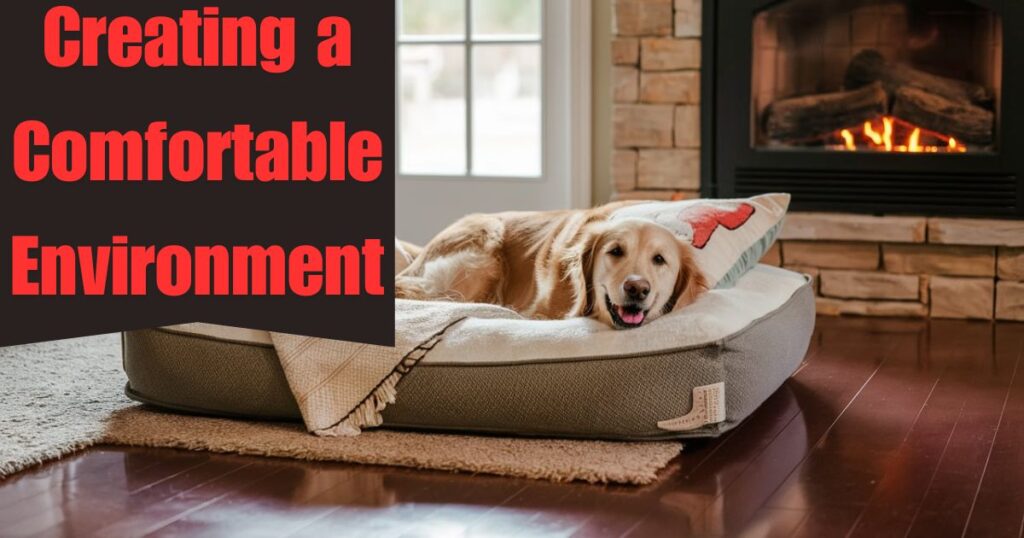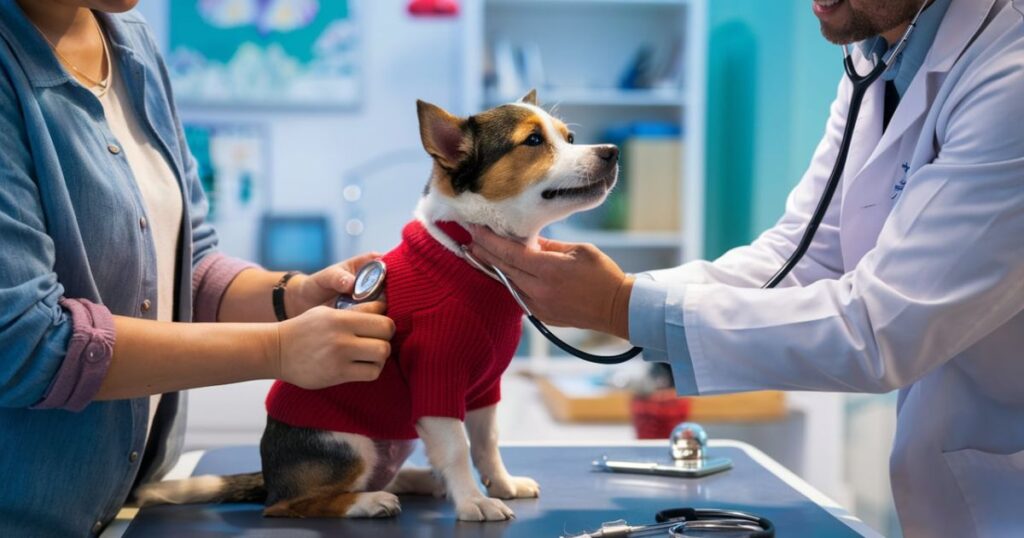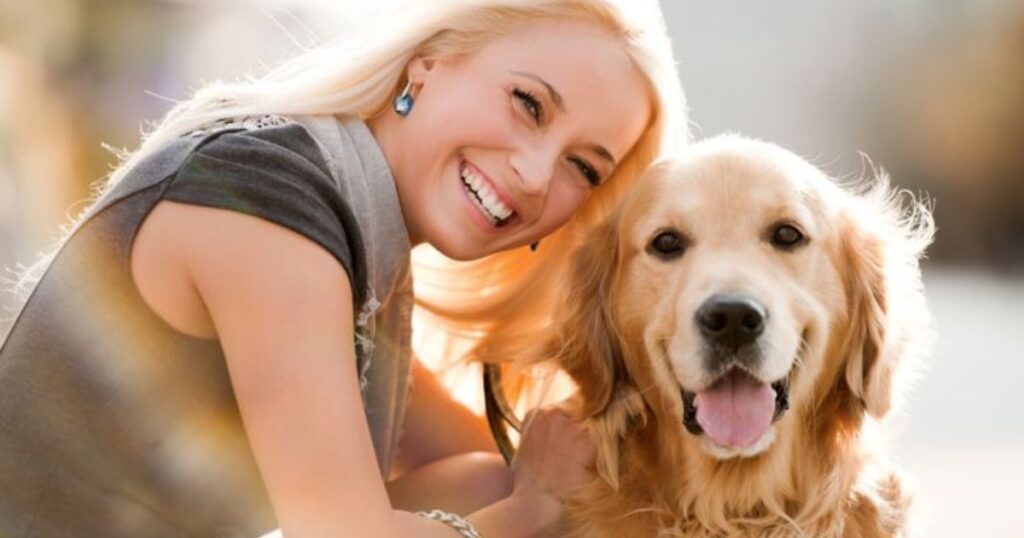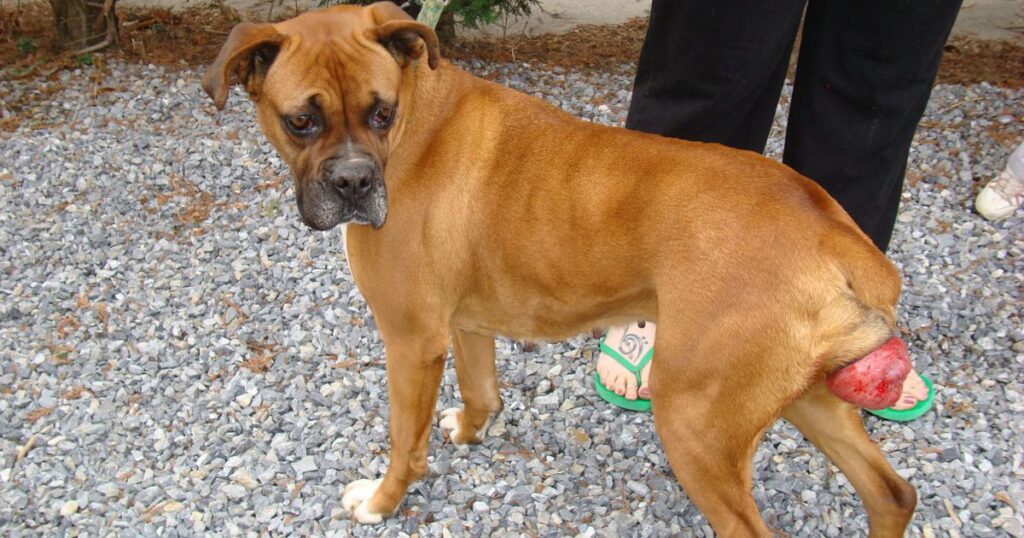To heal a dog prolapse at home, gently clean the affected area with a mild antiseptic and apply a lubricating ointment. Monitor your dog for signs of improvement and consult a veterinarian immediately if the condition worsens or doesn’t improve.
Understanding Dog Prolapse
Dog prolapse involves recognizing a condition where an internal organ protrudes through an opening in the body. Common types include rectal, vaginal, and uterine prolapses. Causes can range from chronic straining, infections, or injury. Symptoms often include visible protrusions, discomfort, and changes in your dog’s behavior or bowel movements.
Prolapse can affect any breed but is more common in those with anatomical predispositions. Early intervention is crucial; if you notice signs of prolapse, seek veterinary advice promptly. Treatment typically involves reducing the protrusion, addressing underlying causes, and in severe cases, surgical intervention. Proper management of underlying health issues and maintaining your dog’s overall well-being can help prevent recurrence.
Seeking Professional Veterinary Care
Seeking professional veterinary care is crucial when your pet shows signs of illness or injury. Veterinarians possess the expertise and diagnostic tools to accurately identify and treat a wide range of health issues. They can provide tailored treatment plans, perform necessary surgeries, and prescribe medications that ensure your pet receives the best possible care.
Additionally, regular vet check-ups can prevent potential health problems and address concerns before they become severe. If your pet displays unusual symptoms, such as lethargy, sudden weight loss, or persistent pain, don’t hesitate to consult a vet. Early intervention can significantly enhance recovery and improve your pet’s quality of life.
Creating a Comfortable Environment

Creating a comfortable environment for your pet involves several key factors. Start by ensuring a clean, quiet space where your pet can retreat and feel secure. Provide a cozy bed or blanket that suits their size and sleeping style.
Maintain a consistent temperature and avoid placing their resting area in drafty or noisy spots. Offer ample fresh water and nutritious food, tailored to their specific needs. Regularly clean their living area to prevent odors and parasites. Engage in routine play and mental stimulation to keep them happy and healthy. Finally, observe your pet’s behavior and make adjustments as needed to ensure their comfort and well-being.
Diet and Hydration
Diet and hydration are crucial for maintaining your pet’s health. Ensure your pet eats a balanced diet tailored to their specific age, size, and health needs. Choose high quality food with appropriate nutrients, including proteins, fats, and vitamins.
Avoid feeding them table scraps or treats that may upset their digestive system. Fresh, clean water should always be available; dehydration can lead to serious health issues. Monitor your pet’s water intake and adjust as needed, especially during hot weather or after exercise.
Regularly check their weight and body condition to ensure they are neither underweight nor overweight. Consult your veterinarian for personalized dietary recommendations and to address any specific health concerns.
Gentle Cleanliness and Care

Gentle cleanliness and care are essential for your pet’s well-being. Use mild, pet-safe shampoos and cleansers to avoid irritating their skin. Regularly brush their coat to remove loose fur and prevent matting, which can cause discomfort.
Clean their ears with a veterinarian-approved solution to prevent infections, and trim their nails to avoid painful overgrowth. Ensure their bedding and living areas are free from dirt and parasites by washing them regularly. Always handle your pet with care during grooming to build trust and reduce stress.
For pets with special health conditions, follow specific care instructions provided by your vet to maintain their comfort and hygiene.
Medical Treatments at Home

Medical treatments at home involve using prescribed medications and following vet guidelines closely. Administer medications as directed, and keep track of dosages and schedules.
Use home remedies cautiously and only with vet approval. Monitor your pet’s condition for any changes or side effects and keep their environment clean to prevent infections.
Always consult your veterinarian before starting or changing any treatment plan to ensure it’s safe and appropriate for your pet’s specific needs.
Monitoring and Patience
Monitoring and patience are vital when caring for a pet, especially during illness or recovery. Regular observation helps you detect changes in your pet’s health early, allowing for timely intervention. Pay attention to their eating and drinking habits, activity levels, and any signs of discomfort or unusual behavior.
Keeping a health journal can be useful, noting any changes or patterns that arise. This record will also be valuable for your veterinarian if further consultation is needed.
Patience is equally important, as recovery and adjustments to treatment can take time. Avoid rushing through treatments or expecting immediate results. Understand that your pet may experience ups and downs, and be prepared for a gradual improvement. Consistently following care instructions and maintaining a calm demeanor helps create a reassuring environment for your pet, which can aid in their overall recovery.
Read About : Can Dogs Eat Jelly? What You Need To Know – Kero And Bree
Supporting Emotional Well-being
Supporting your pet’s emotional well-being is crucial for their overall health and recovery. Pets, like humans, can experience stress, anxiety, and depression, especially during illness or significant changes in their routine. Creating a stable and comforting environment helps alleviate these feelings.
Establish a routine to provide a sense of normalcy. Regular feeding times, consistent play schedules, and familiar surroundings can help reduce anxiety. Spend quality time with your pet, engaging in activities they enjoy, such as gentle play or quiet bonding moments. Positive reinforcement, like treats or praise, can also boost their mood and build their confidence.

Providing mental stimulation is another key aspect of emotional support. Interactive toys, puzzle feeders, and training exercises can keep your pet engaged and distracted from any discomfort they may be experiencing. However, ensure that activities are appropriate for their current health status and physical capabilities.
Create a cozy, safe space where your pet can retreat when they need rest or solitude. This space should be quiet, comfortable, and away from any stressors or disturbances. Additionally, maintain regular veterinary check-ups to monitor both physical and emotional health. Your vet can offer advice on specific behavioral changes and suggest further ways to support your pet’s well-being.
Diagnosing Dog Prolapse
Diagnosing a dog prolapse involves recognizing symptoms such as a protruding mass or difficulty with bowel movements. Key indicators include a swollen, red, or pink mass visible around the rectum or urinary opening. The condition may cause discomfort, straining, or visible blood.
A veterinarian will conduct a thorough physical examination and may perform diagnostic tests like imaging or endoscopy to confirm the prolapse and assess its severity.
Consulting Veterinary Professionals
Consulting a veterinarian is crucial for accurate diagnosis and appropriate treatment. Vets can provide a comprehensive evaluation, determine the underlying cause of the prolapse, and recommend the best course of action.
They may suggest treatments ranging from surgical repair to medication and provide guidance on managing your pet’s condition. Prompt professional consultation helps prevent complications and ensures the best care for your dog.
Home Remedies for Dog Prolapse
While home remedies cannot replace veterinary care, they can support overall management. Gently clean the affected area with a mild antiseptic and apply a soothing, vet-approved ointment. Ensure your dog is in a clean, comfortable environment and limit their activity to prevent further strain.
Monitor their condition closely and seek veterinary advice immediately if the prolapse worsens or doesn’t improve. Always consult your vet before trying any home remedies to ensure they are safe and appropriate for your pet’s specific situation.
Treatment Options for Dog Prolapse
- Veterinary Examination: Essential for diagnosing the severity and underlying cause of the prolapse.
- Surgical Repair: Often necessary for severe prolapses; involves repositioning and securing the prolapsed tissue.
- Medications: Prescribed to manage pain, inflammation, or underlying conditions; may include antibiotics if an infection is present.
- Topical Treatments: Soothing ointments or creams may be used to alleviate discomfort and prevent further irritation.
- Lifestyle Adjustments: Implementing dietary changes or using stool softeners to reduce strain during bowel movements.
- Hygiene Management: Keeping the affected area clean and dry to prevent infections and promote healing.
- Rest and Activity Limitation: Restricting physical activity to prevent further stress on the affected area.
- Follow-Up Care: Regular veterinary check-ups to monitor healing progress and adjust treatment as needed.
Recovery and Rehabilitation
For a dog with a prolapse involve a combination of medical care and supportive measures. After treatment, ensure your pet follows a prescribed recovery plan, which may include rest, medication, and a special diet to ease bowel movements.
Regular followm up visits to the vet are crucial to monitor progress and prevent complications. Provide a comfortable, clean environment and limit activity to aid healing. Positive reinforcement and gentle care help maintain your pet’s morale during recovery. Adhering to these steps can support a smooth and effective rehabilitation process.
Cost Considerations for Dog Prolapse Treatment
- Initial Veterinary Consultation: Fees for diagnosis and initial assessment.
- Diagnostic Tests: Costs for imaging or endoscopy to evaluate the prolapse.
- Surgical Procedures: Expenses for surgery, including anesthesia and facility charges.
- Medications: Costs for prescribed drugs and topical treatments.
- Follow-Up Care: Fees for post-treatment check-ups and ongoing monitoring.
- Special Diets: Expenses for any recommended dietary changes or supplements.
- Emergency Care: Additional costs if complications arise or if emergency treatment is needed.
Conclusion:
Addressing a dog prolapse involves a comprehensive approach, including accurate diagnosis, appropriate treatment, and diligent care. From consulting veterinary professionals to considering cost factors, each step plays a crucial role in ensuring your pet’s well-being. Effective recovery hinges on combining medical interventions with supportive home care, such as maintaining a clean environment and managing your pet’s comfort. By staying informed and proactive, you can navigate the challenges of prolapse treatment and contribute to your dog’s successful recovery and long term health.
People also ask:
- What shrinks a prolapse?: Treatments like medication, dietary adjustments, and sometimes surgery can help shrink a prolapse.
- Can a dog prolapse go away on its own?: Generally, a dog prolapse requires veterinary intervention and doesn’t resolve on its own.
- Can you push a prolapse back in?: Mild cases may be manually repositioned, but professional veterinary care is needed for proper treatment.
- Is prolapse in dogs painful?: Yes, a prolapse can cause significant discomfort and pain for dogs.







